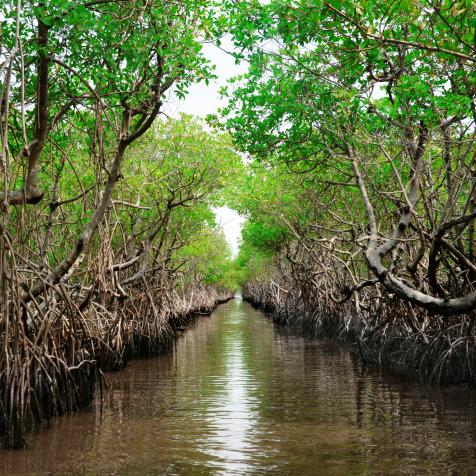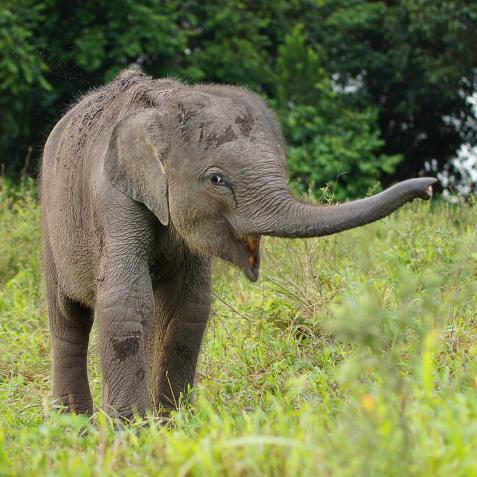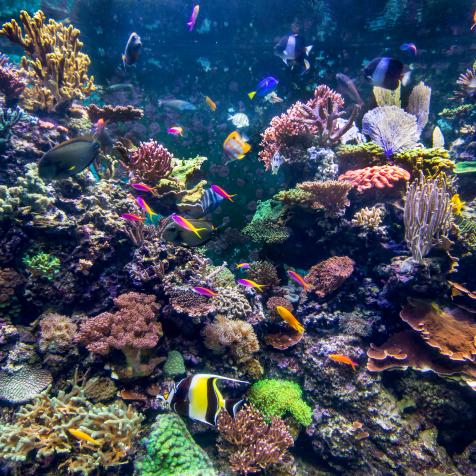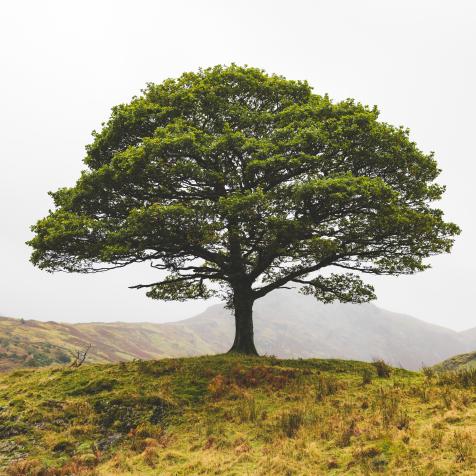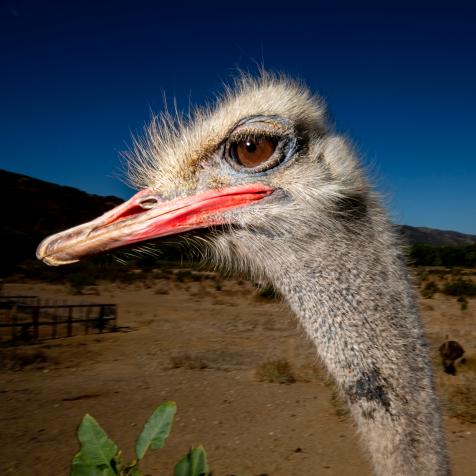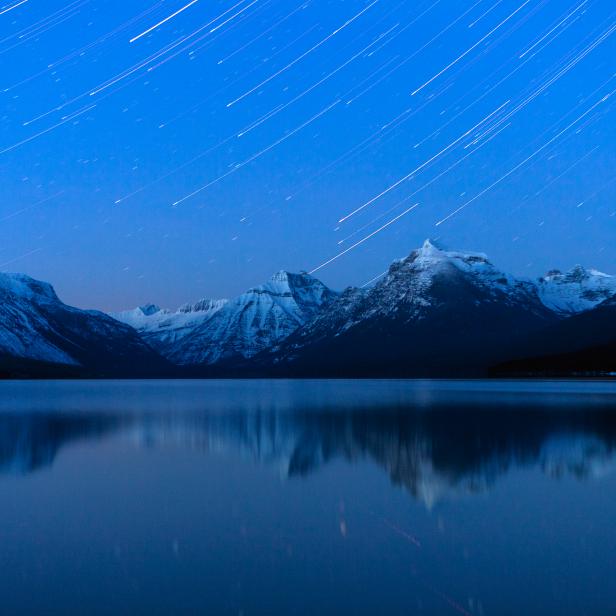
Ian Shive
Why are Dark Skies Important?

There is no better time to consider the quality of the night sky and the celestial magic it embodies than during International Dark Sky Week, taking place April 22-30!
As a nature photographer, it's easy to think about the glow of spring sunrise, or the magic hour before a fiery sunset, however, it is easy to overlook the quality of the night sky in my images and how much my composition changes with the addition of a rich and colorful Milky Way swirling above, or a clear-view of a visitor such as Comet Neowise.
Stars have always been one of my favorite elements in nature photos. They offer a primordial connection to a universe that is mysterious and grand, connecting our Earthly lives to the heavens. Since the earliest recorded history, the night sky has sparked our imaginations and become engrained within our cultures, traditions, artwork, and in later years, inspired the development of technology with the hope of reaching beyond our blue marble.

With the development of the industrial world, though, we have begun to lose the clarity that thousands of generations of people and wildlife before us have enjoyed. Urban sprawl and indiscriminate use of lighting have polluted the sky with light. Stars have become fainter, only the brightest planets and constellations cutting through the murkiness of "progress." For photographers hoping to capture the magic of the night sky, we must seek new places. Dark places are far from the reach of a city, but those places are becoming harder and harder to find.
Thanks to conservation groups, led by the International Dark-Sky Association (IDA), we have an opportunity to improve our night skies and recapture ancient magic. In celebrating the night sky not only during this week but all year long, IDA is helping entire cities, communities and families do their part to help make skies darker. Dark skies benefit more than just the nature photographer, such as myself, they are critical to numerous species of wildlife that also rely on them.
See More of Ian's Dark Sky Photography
Photographing Dark Skies 12 Photos
On the newest episode of Nature in Focus, Ian Shive uses photography to share the importance, and beauty, of dark skies. He teams up with the International Dark Sky Association to learn more about International Dark Sky Week, and how to prevent light pollution.
Here are some simple steps we can all do that are easy and inexpensive:
Change your lightbulbs to a dark-sky-friendly color. The closer the light resembles "firelight," that is a reddish-hue like a candle light, and the further it is away from a blue or white light, the better it is for the environment. For photographers, we think of this shift in Kelvin or color temperature.
Buy light fixtures with the IDA Fixture Seal of Approval logo, but any light that points down toward the ground where it is needed instead of up toward the sky is an improvement. Even better, use a light fixture that channels the light down and out, versus spreading it wide and up.
Turn your lights off before bed!
Participate in International Dark Sky Week and learn more about what you can do at home from IDA.
International Dark-Sky Association website: https://www.darksky.org/
International Dark Sky Week website: https://idsw.darksky.org/
For something folks can do at home…IDA’s Dark Sky Friendly Home Lighting Program: https://idsw.darksky.org/activities/dark-sky-friendly-home/
IDA’s Five Principles for Responsible Outdoor Lighting: https://www.darksky.org/our-work/lighting/lighting-principles/









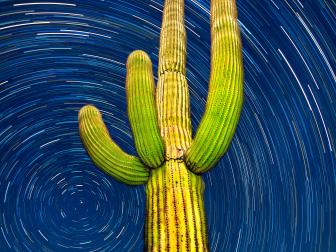
.jpg.rend.hgtvcom.476.476.suffix/1635892481978.jpeg)




